Dog parks are a fantastic way for urban canines to socialize and get exercise. However, with so many dogs and people in one space, it's important to have a set of rules to ensure everyone's safety and enjoyment. This article will outline some basic dog park etiquette to follow when visiting these urban canine spaces.
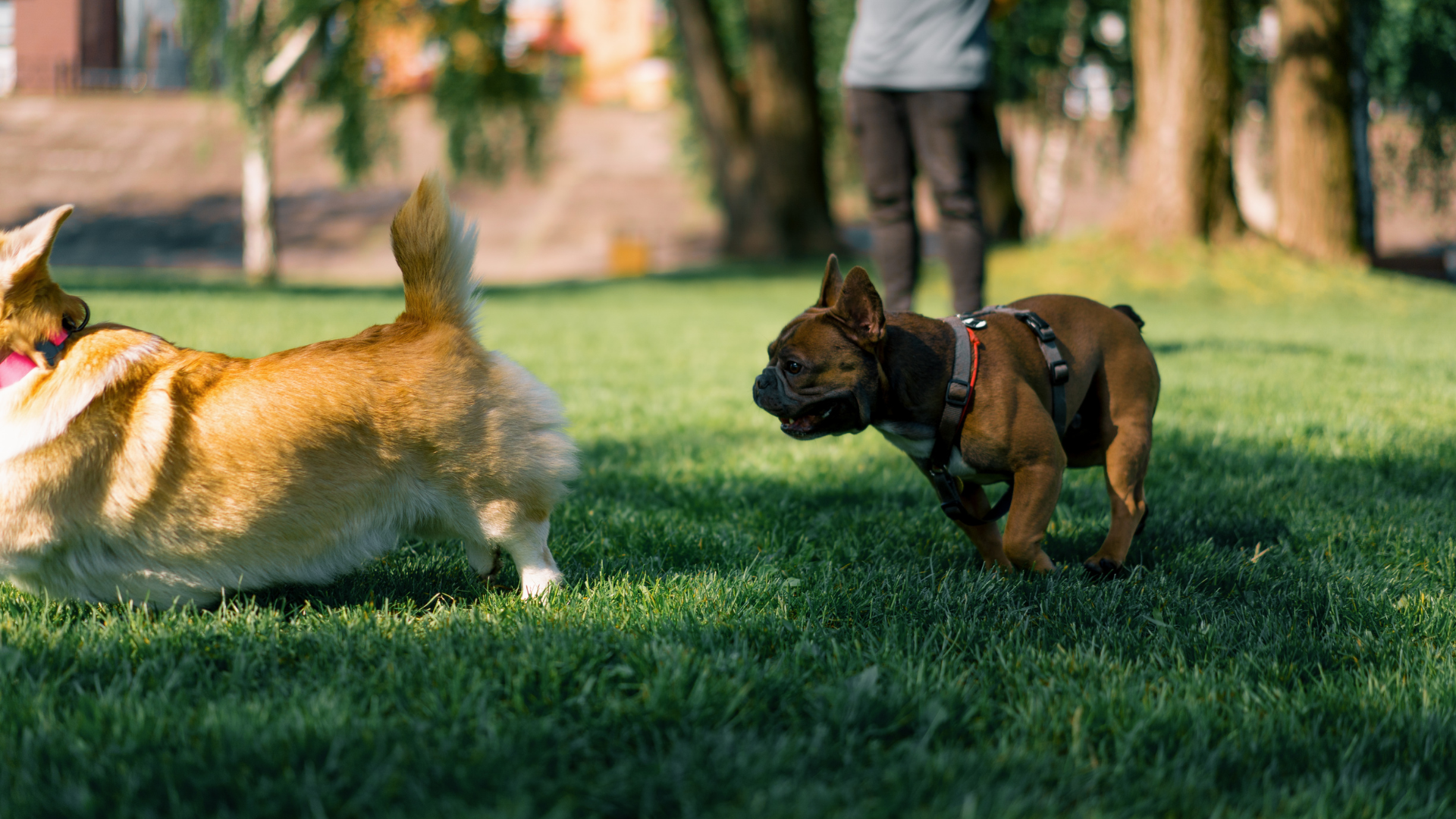
First and foremost, it's important to make sure your dog is up to date on all vaccinations and is healthy enough to interact with other dogs. Additionally, it's crucial to keep your dog on a leash until you enter the designated off-leash area. Once inside, make sure to keep a close eye on your dog and be aware of their behavior. It's also important to pick up after your dog and dispose of waste properly to maintain a clean environment for everyone.
By following these basic rules of etiquette, dog owners can ensure a safe and enjoyable experience for both their furry friends and themselves. With a little bit of consideration and common sense, urban dog parks can be a great way to bond with your dog and meet other dog owners in your community.
Understanding Dog Park Dynamics

The Purpose of Dog Parks
Dog parks are designated areas where dogs can socialize, exercise, and play off-leash in a safe and controlled environment. The purpose of dog parks is to provide a space for dogs to burn off excess energy, interact with other dogs, and receive mental and physical stimulation. Additionally, dog parks serve as a place for dog owners to meet and socialize with other dog owners.
Types of Dog Parks
There are different types of dog parks, including city-run dog parks, private dog parks, and dog-friendly beaches. City-run dog parks are typically free and open to the public, while private dog parks require a membership fee. Dog-friendly beaches allow dogs to run and play in the sand and water.
Recognizing Dog Behavior
It's important to understand dog behavior when visiting a dog park. Dogs use body language to communicate with each other and with humans. A wagging tail doesn't always mean a dog is friendly, and a growl doesn't always mean a dog is aggressive. It's important to observe a dog's body language and behavior before approaching them or allowing your dog to interact with them. Signs of aggression include raised hackles, stiff body posture, and direct eye contact. Signs of friendliness include a relaxed body posture, a wagging tail, and play bowing.
In summary, understanding dog park dynamics is crucial for a safe and enjoyable experience for both dogs and their owners. Knowing the purpose of dog parks, the different types of dog parks, and how to recognize dog behavior can help prevent incidents and ensure a positive experience for all.
Before You Visit
Vaccinations and Health
Before visiting a dog park, it is essential to ensure that your dog's vaccinations are up-to-date. Vaccinations protect your dog from various diseases, including rabies, distemper, and parvovirus. Additionally, dogs should be in good health and free from contagious illnesses before visiting the park. If your dog is sick or has a communicable disease, it is best to avoid the dog park until they are healthy again.
Dog Park Readiness
To ensure a positive experience for both you and your dog, it is essential to prepare your dog for the dog park. This includes socializing your dog with other dogs and people, teaching basic commands such as "come" and "stay," and ensuring that your dog is comfortable around new environments. It is also important to monitor your dog's behavior and body language while at the park. If your dog becomes aggressive or overly anxious, it may be best to leave the park and try again another time.
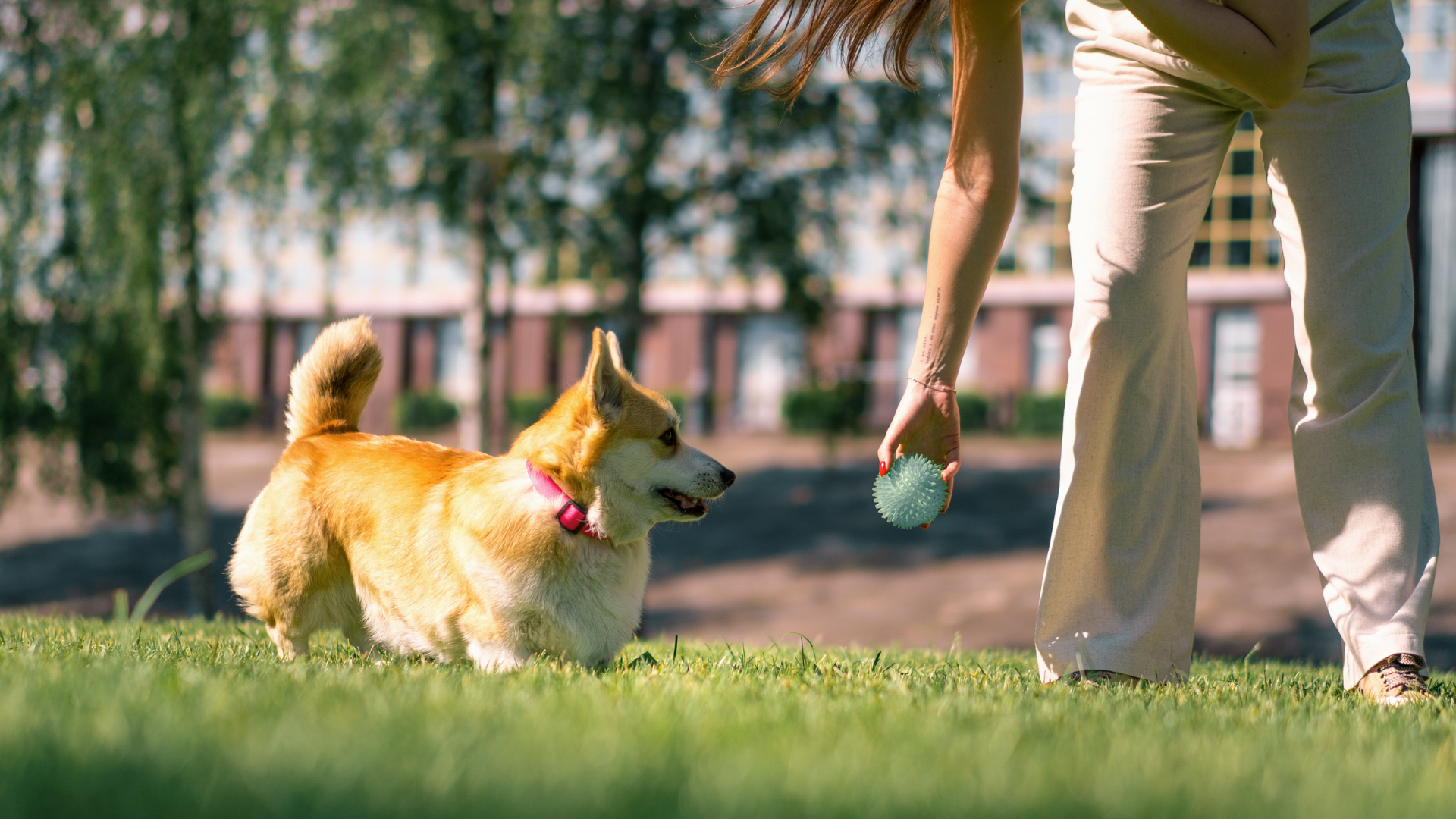
What to Bring
When visiting a dog park, there are a few essential items to bring to ensure a safe and enjoyable experience. These include:
- Leash and collar: All dogs entering and leaving the park should be on a leash to prevent any potential conflicts or accidents.
- Water and bowl: Dogs can become dehydrated quickly, especially during hot weather. Bringing water and a bowl ensures that your dog stays hydrated.
- Waste bags: It is essential to clean up after your dog to keep the park clean and safe for other dogs and their owners.
- Toys: Bringing toys can provide a fun and interactive experience for your dog and other dogs at the park. However, it is important to monitor your dog's behavior and ensure that the toys are safe and appropriate for the park environment.
Entering and Exiting the Park
Leash Rules
When entering a dog park, it is important to follow the leash rules. Dogs must be on a leash when entering and exiting the park. This is to ensure the safety of all dogs and their owners. Once inside the park, the leash can be removed, but owners should keep a leash on hand in case of an emergency.
Gates and Entrances
Owners should always make sure that the gate is closed behind them when entering and exiting the park. This is to prevent dogs from escaping and running into traffic or other dangerous situations. Before entering the park, owners should also make sure that their dogs are calm and under control. If a dog is overly excited or aggressive, it is best to wait until they have calmed down before entering the park.
When exiting the park, owners should make sure that their dogs are leashed and under control before leaving the gate. This is to prevent any incidents from occurring with other dogs or people outside of the park. It is also important to clean up after your dog when leaving the park, as a courtesy to other park-goers.
In summary, following the leash rules and being mindful of the gates and entrances when entering and exiting the dog park can ensure a safe and enjoyable experience for all.
Inside the Park
Supervising Your Dog
When inside the dog park, it is important to keep a close eye on your dog at all times. Make sure your dog is not causing any trouble or getting into any fights with other dogs. If you notice your dog is getting too rowdy or aggressive, it is best to remove them from the situation and take a break outside of the park.
Interactions with Other Dogs
When your dog is interacting with other dogs, it is important to let them do so in a calm and friendly manner. If your dog is getting too aggressive or causing problems, it is best to remove them from the situation and take a break outside of the park. If you notice another dog is causing problems, it is important to let the owner know so they can take care of the situation.
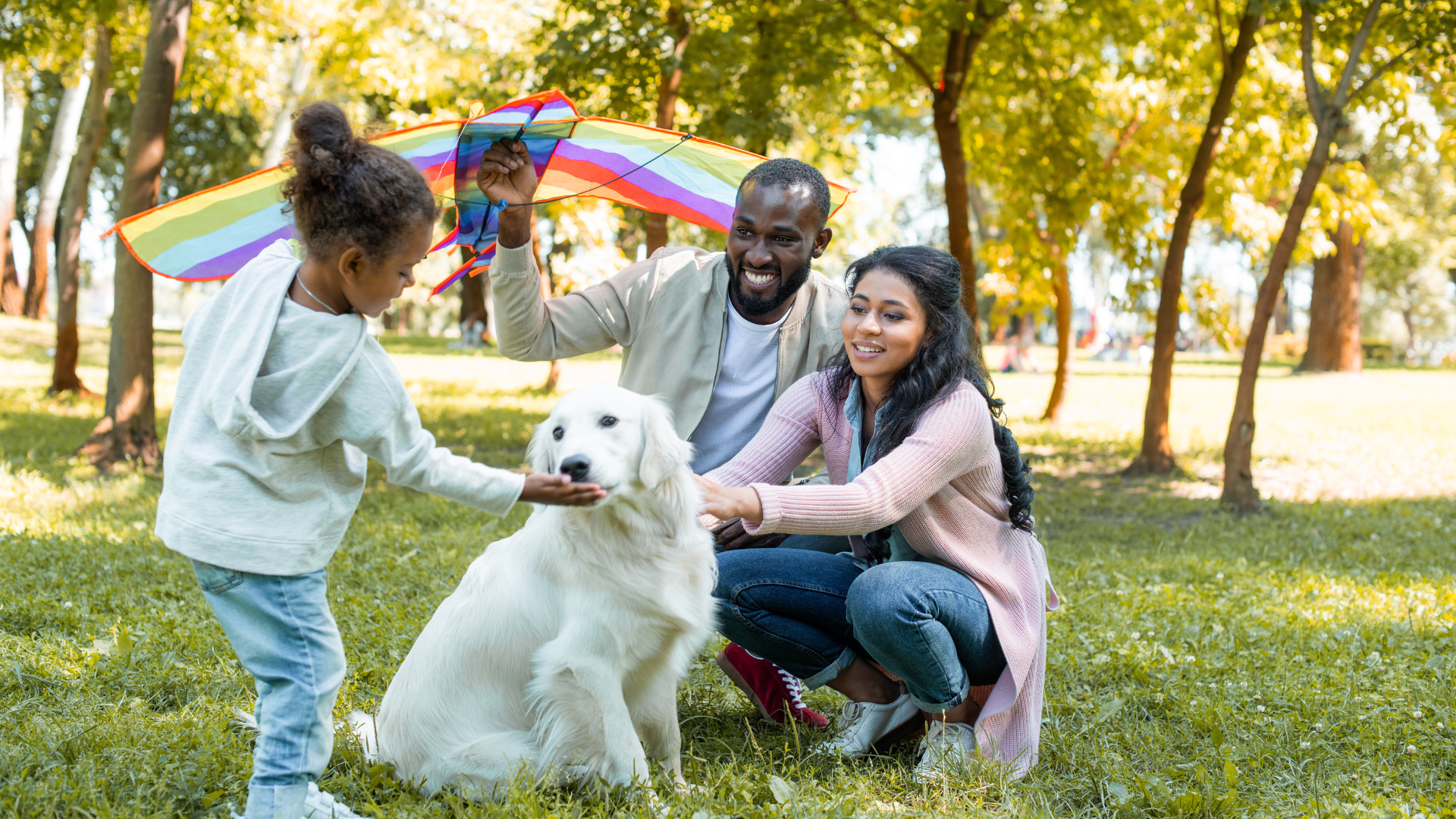
Handling Aggression
If your dog becomes aggressive towards another dog, it is important to take control of the situation. Make sure to separate the dogs and remove your dog from the situation. If there are any injuries, make sure to attend to them immediately and seek veterinary care if necessary. It is important to always be aware of your dog's behavior and to take action if necessary to prevent any injuries or problems.
Amenities and Maintenance
Waste Disposal
One of the most important aspects of any dog park is waste disposal. Owners must clean up after their pets to ensure the park remains clean and safe for everyone to use. Most dog parks provide waste bags and disposal stations, but it is the responsibility of the owner to use them.
It is also important to note that waste disposal is not limited to just solid waste. Owners should also clean up any urine to prevent odors and potential health hazards. Bringing extra bags and paper towels is always a good idea.
Seating and Shelter
Dog parks should provide ample seating and shelter for owners to relax and watch their pets play. Benches and picnic tables are common fixtures, but some parks may also have shaded areas or covered pavilions.
Owners should be mindful of others and not hog seating areas or shelter. It is also important to clean up after oneself and dispose of any trash properly.
Maintenance Responsibilities
The responsibility of maintaining a dog park falls on both the city or park management and the visitors. City or park management should regularly inspect and maintain the park to ensure it remains safe and functional. This includes repairing or replacing damaged equipment and ensuring the waste disposal stations are stocked.
Visitors should also do their part in maintaining the park. This includes reporting any issues to park management and properly disposing of waste. It is important to follow all posted rules and regulations to ensure the park remains a safe and enjoyable space for all.
Community and Etiquette
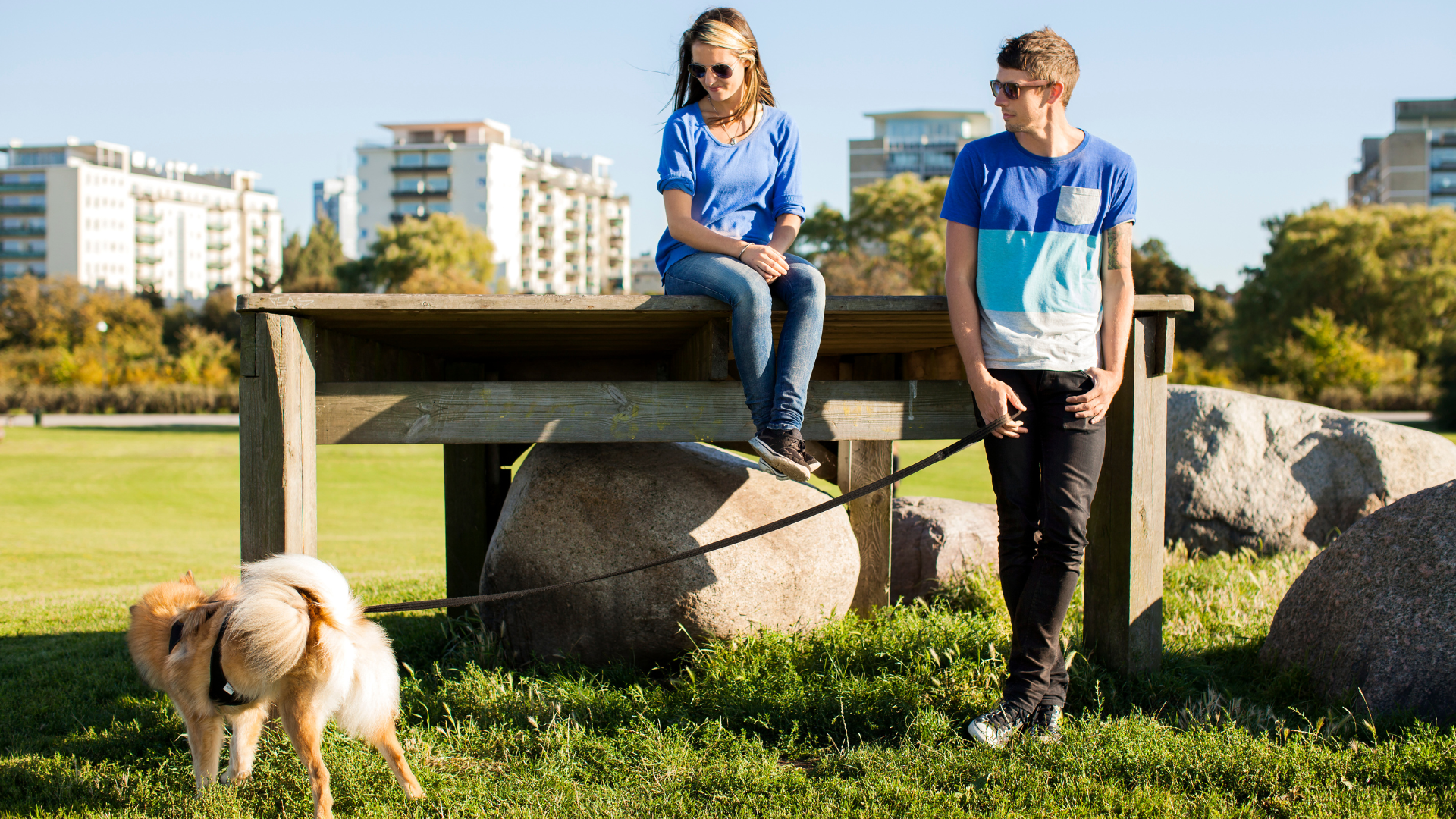
Sharing Space
When visiting a dog park, it's important to remember that the space is shared by all visitors and their dogs. This means that owners should be mindful of their dog's behavior and keep them under control at all times. If a dog is not well-behaved or aggressive, it's best to remove them from the park to avoid any potential conflicts.
Additionally, owners should be aware of their dog's size and play style. Smaller dogs may feel intimidated by larger dogs, and vice versa. It's important to supervise all interactions and intervene if necessary to prevent any accidents or injuries.
Noise Control
While it's natural for dogs to bark and play, excessive noise can be disruptive to other visitors and their dogs. Owners should be respectful of others and try to keep their dog's noise level to a minimum. If a dog is continuously barking or causing a disturbance, it's best to remove them from the park.
Respecting Others
Dog parks are a community space, and it's important to be respectful of other visitors and their dogs. This means cleaning up after your dog and disposing of waste properly. It also means being aware of your dog's behavior and intervening if necessary to prevent any conflicts or injuries.
Additionally, owners should be mindful of their own behavior and interactions with other visitors. It's important to be friendly and courteous to others, and to avoid any confrontations or arguments. By following these simple rules of etiquette, everyone can enjoy a safe and enjoyable visit to the dog park.
Dealing with Issues

Reporting Problems
If a dog owner notices a problem at the dog park, they should report it to the park management immediately. This can include issues such as broken equipment, unsafe conditions, or aggressive dogs. It is important to provide as much detail as possible when reporting the problem, including the location and time it occurred.
Emergency Situations
In the event of an emergency, dog owners should call 911 or their local emergency services. This can include situations such as a dog bite, a dog attacking another dog, or a dog exhibiting signs of heat stroke. It is important to remain calm and provide as much information as possible to the emergency services.
Dog owners should also be prepared for emergencies by carrying a first aid kit and knowing basic first aid techniques for dogs. This can include knowing how to perform CPR and how to treat common injuries such as cuts and scrapes.
Overall, by following proper dog park etiquette and reporting any issues or emergencies promptly, dog owners can help ensure a safe and enjoyable experience for all at the urban canine spaces.
Leaving the Park
After a fun and enjoyable time at the dog park, it's important for dog owners to follow proper etiquette when leaving. This ensures a safe and positive experience for all dogs and their owners.
Post-Visit Dog Care
Before leaving the park, it's important to take care of your dog's needs. This includes providing them with water to drink and checking them for any injuries or ticks. If your dog has been playing in the water, make sure to dry them off to prevent any potential health issues.
Additionally, it's important to clean up after your dog. Bring plastic bags with you to dispose of any waste in the designated trash cans. Leaving waste behind not only creates an unpleasant environment for other park-goers, but it can also spread diseases and parasites.
Overall, following proper etiquette when leaving the dog park ensures a positive experience for all. By taking care of your dog's needs and cleaning up after them, you are contributing to a safe and enjoyable environment for all dogs and their owners.
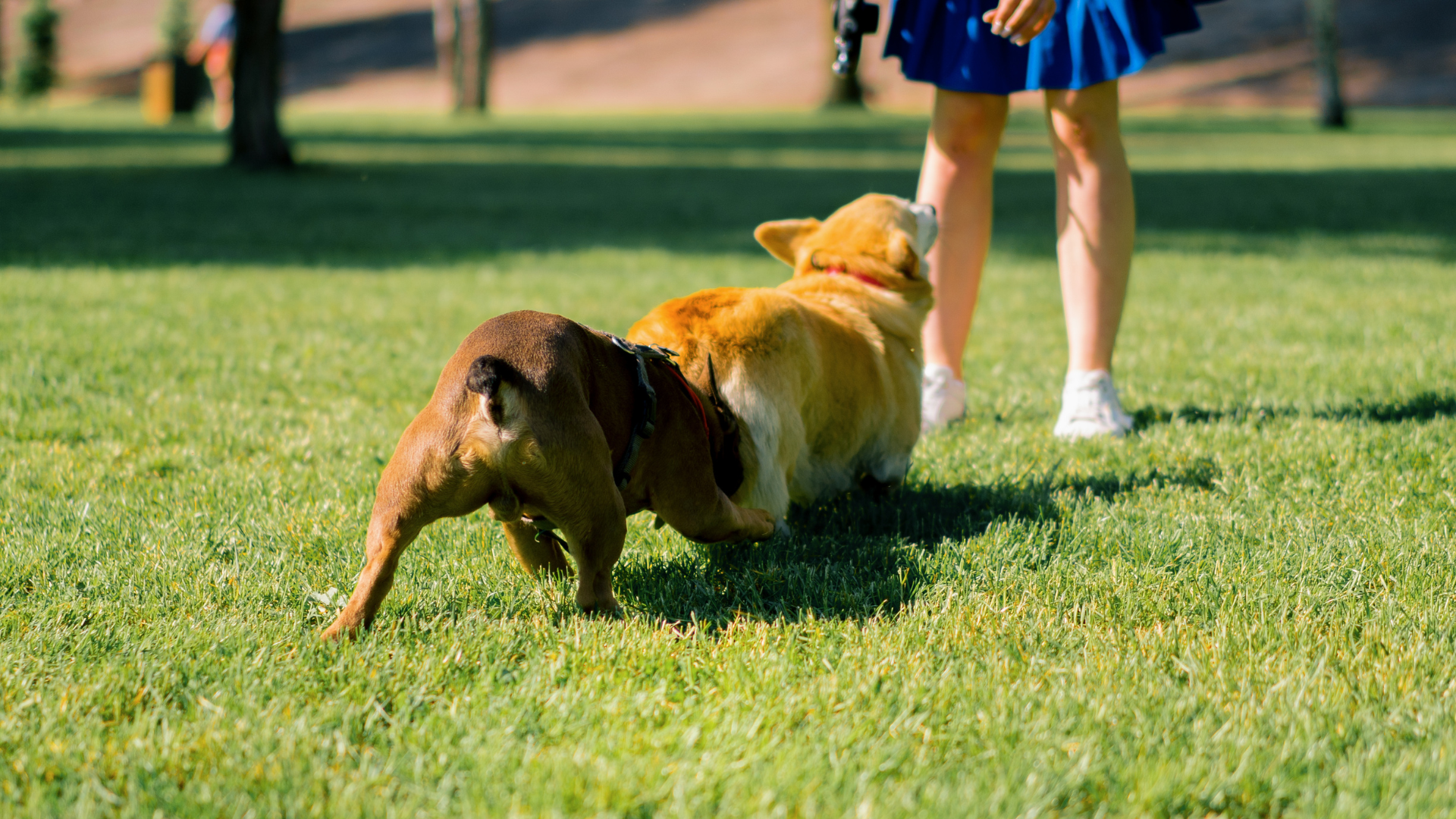
Conclusion
Dog parks are valuable resources for dog owners, but their success relies on responsible behavior and etiquette. By following these guidelines, you contribute to a safe, enjoyable environment for all visitors and their furry companions.
FAQs
- Q1: Can I bring treats for other dogs in the park?
- A1: It's best to avoid feeding treats to dogs other than your own without the owner's permission.
- Q2: What should I do if my dog becomes aggressive?
- A2: Immediately remove your dog from the situation and consult with a professional trainer to address behavioral concerns.
- Q3: Is it okay to bring a puppy to the dog park?
- A3: Puppies should have all necessary vaccinations before visiting a dog park to minimize health risks.
- Q4: Should I intervene if my dog is being bullied by another dog?
- A4: Yes, step in and redirect the situation calmly to protect your dog from stress or harm.
- Q5: How can I encourage good behavior in my dog at the park?
- A5: Reward positive behavior with treats and praise to reinforce desirable actions.




